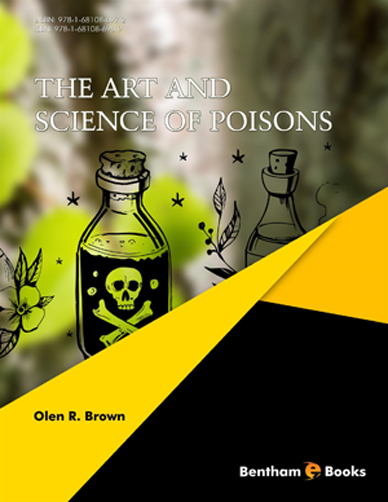Abstract
The sea is a wondrous habitat. Humans, however, venture there at their own peril. Among the perils there are a variety of life forms that biosynthesize poisons administered via bites, stings and other envenomations. A few forms of sea life are poisonous when consumed by humans. Among the poisonous sea life, there are some that harbor other life forms that provide the poison. Several of the toxins described in this chapter are more annoyances than deadly; several are significant threats to human life. Sea snakes are, perhaps, the most feared of poisonous sea creatures. Sea snakes occur in the tropical and subtropical areas of the Indian and Pacific oceans ranging from the east coast of Africa to the Gulf of Panama. Most species of sea snakes, however, inhabit the waters around the Indo-Malayan Archipelago, the seas around China, and waters near Indonesia and Australia. A typical and distinguishing feature of the sea snake is the vertically flattened (paddle like) tail. They are said to be most closely related to terrestrial elapids (which include some of the most poisonous snakes, including the brown snake, taipan, death adder, cobra, krait, and mamba). Isolated but tragic instances of deaths are reported by the stingray, and food poisonings are not uncommon from several fish, due to toxins they produce or which are produced by dinoflagellates they harbor. Tetrodotoxin, produced by dinoflagellates, can be amplified up the food chain. Puffer fish poisoning is a prime example.
Keywords: Anemone, Blue-ringed Octopus, Box Jelly Fish, Ciguatera, Cone Shells, Crown-of-thorns Starfish, Dinoflagellates, Fire Coral, Food Chain, Lion Fish, Myoneural junctions, Paralysis, Pufferfish, Seas, Scomboid, Shell Fish, Sodium Transport Channel, Stingray, Stone Fish, Tetrodotoxin.






















